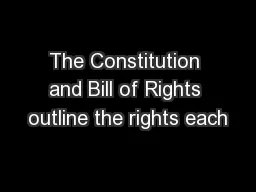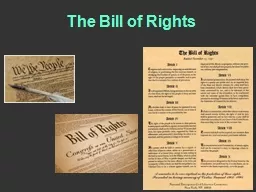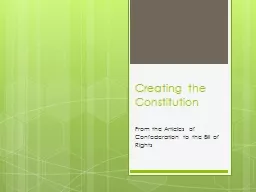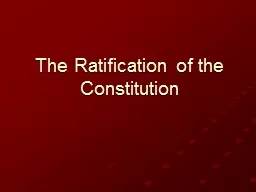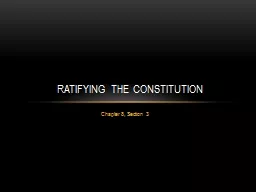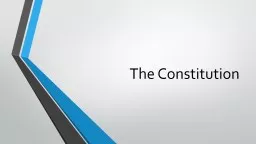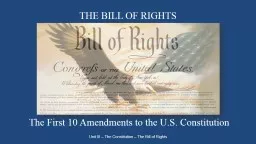PPT-The Constitution and Bill of Rights outline the rights each
Author : briana-ranney | Published Date : 2016-07-02
Are laws important How are laws created As we go through the steps in the journey from a Bill to a Law place the words in the word bank in the correct order
Presentation Embed Code
Download Presentation
Download Presentation The PPT/PDF document "The Constitution and Bill of Rights outl..." is the property of its rightful owner. Permission is granted to download and print the materials on this website for personal, non-commercial use only, and to display it on your personal computer provided you do not modify the materials and that you retain all copyright notices contained in the materials. By downloading content from our website, you accept the terms of this agreement.
The Constitution and Bill of Rights outline the rights each: Transcript
Download Rules Of Document
"The Constitution and Bill of Rights outline the rights each"The content belongs to its owner. You may download and print it for personal use, without modification, and keep all copyright notices. By downloading, you agree to these terms.
Related Documents

